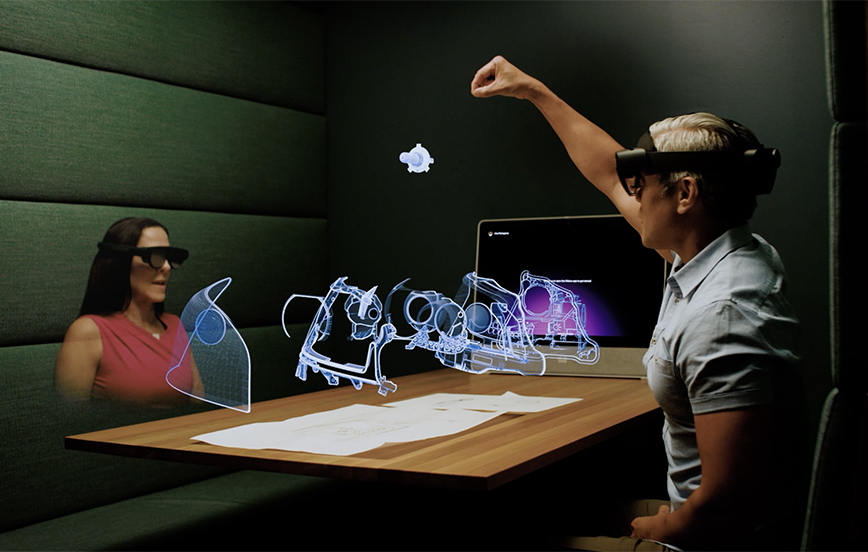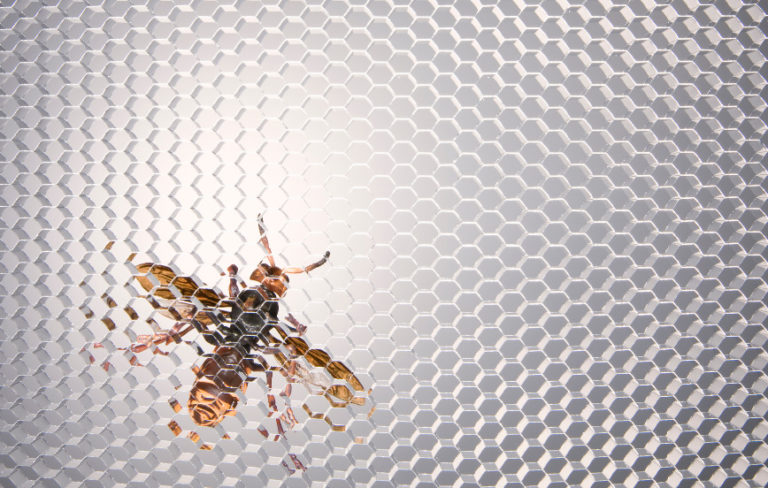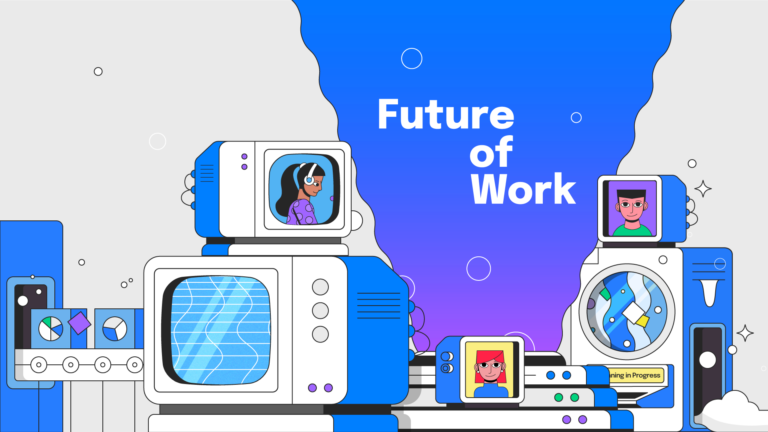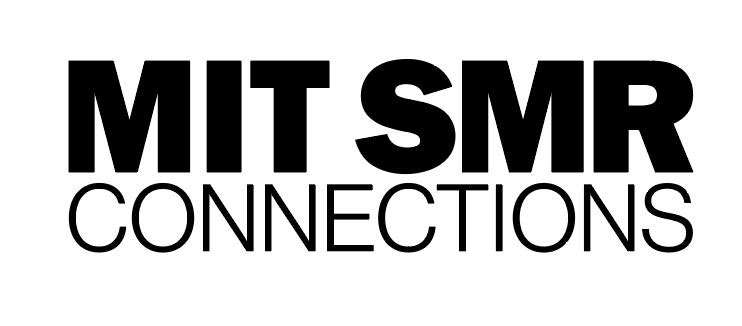From holograms to workspaces in self-driving cars, the coming decade will create a profound shift in how we work—and where we do it. Here’s a glimpse of what’s on the horizon.
Soon you may walk into a conference room to find a colleague standing in front of you delivering a presentation—only she isn’t actually in the room.
Not physically, anyway. She’ll be one of the thousands of remote employees using technology that beams a personal hologram into the office. With the ability to point at charts and field questions, these holograms will feel like just another person at work, until they wink out of the room once the presentation is over.
Sound like science fiction? It’s closer than you think.
While some companies have created technology that turns coworkers into avatars, Webex unveiled Webex Hologram, a platform that uses augmented-reality headsets to enable a feeling of true copresence by delivering realistic, 3D, real-time holograms of actual people. “We’ve shied away from the avatar stuff and stayed very much focused on photorealism,” says Cullen Jennings, Fellow and CTO for Security and Collaboration at Cisco Systems. “The reason you want to see a person is to get detailed emotions, facial expressions, that type of stuff. And that just doesn’t happen with avatars.”
“Webex Hologram is a powerful tool for our design engineers, drivers, and crews as we continue to reimagine hybrid sports and support our team on tracks around the world,” says Zak Brown, CEO of McLaren Racing. “Rather than fly a technician to the team or explain procedures using flat images, with the Hologram technology we can immediately show an engine component from every angle, convey sizing, and instruct on assembly and usage as if they’re in person—all while saving countless hours in travel time.”
Webex Hologram gives a glimpse of where this technology is going and how it will transform workplace collaboration. In November, the Computational Imaging Lab at Stanford University published a paper highlighting new innovations in realistic laser-based holograms. For years, the technology was hindered by an inability to replicate what light appears like in the natural world. But using a mix of artificial intelligence and a groundbreaking calibration technique in optics, researchers have created a “camera in the loop” display system that produces unparalleled clarity in hologram projections.
Dubbed neural holography, the new system could forever change the nature of remote collaboration. In telehealth, for instance, doctors will use the technology to visit you in your home alongside a hologram model of a human body, to better explain what’s causing your illness and how it can be treated.
“In our trial, the first customer we had using Webex Hologram was a medical devices company,” says Elizabeth Bieniek, director of engineering innovation at Cisco Collaboration and Security. “They used it to remotely train surgeons on new medical hardware. Via Hologram they were able to do everything the same way, as if they were there in person with a physician.”
“I’m a big believer in the future of wearable computing systems, and of augmented reality and VR in general,” said Gordon Wetzstein, associate professor of electrical engineering and leader of the Stanford Computational Imaging Lab, in Stanford Engineering Magazine. “I think they’re going to have a transformative impact on people’s lives.”
Holograms like these are transformative over the long term, but a range of other technologies are being created to make remote teamwork and connectivity easier than ever. Virtual collaboration walls will enable colleagues in diverse locations to develop ideas together in real time. Those working from home will be able to control office robots equipped with screens, wheeling them over to somebody’s desk for a private chat and even bringing along a cup of coffee to replicate impromptu water cooler interactions. These same robots could also be used in retail environments—with staff wheeling them over to customers to help with purchases—and by stockbrokers on the trading floor.
“Eventually, all meetings might be virtual,” says Alanah Mitchell, a professor and chair of information management and business analytics at Drake University. “Nobody will be physically in the room.”
What’s certain is that our idea of the office will continue to change. In a few years, self-driving cars will double as mobile workspaces. For rare in-person days, individual offices will be replaced by customizable common task areas with movable desks and tables. Need to make a private call? There’ll be soundproof pods or booths where you can hole up, undisturbed, with your personal communication device, which will be worn like a watch or glasses (or even implanted). When the weather’s nice, you might relocate to the rooftop patio, picking greens from the shared office garden for lunch. Ultimately, you can imagine a day when a space station on the moon (a waypoint for deeper space travel) will be filled with holograms of coworkers located back on Earth—collaboration seamlessly reaching to the stars.
“There are all sorts of possibilities,” says Mitchell.
“You’re going to see haptic interfaces where you can feel like you’re touching something as you interact with it,” says Jennings. “There’ll be more and more immersive displays that will allow people to seamlessly come into your world.”
The only limit is our imagination.
This article was produced by WIRED Brand Lab on behalf of Webex





